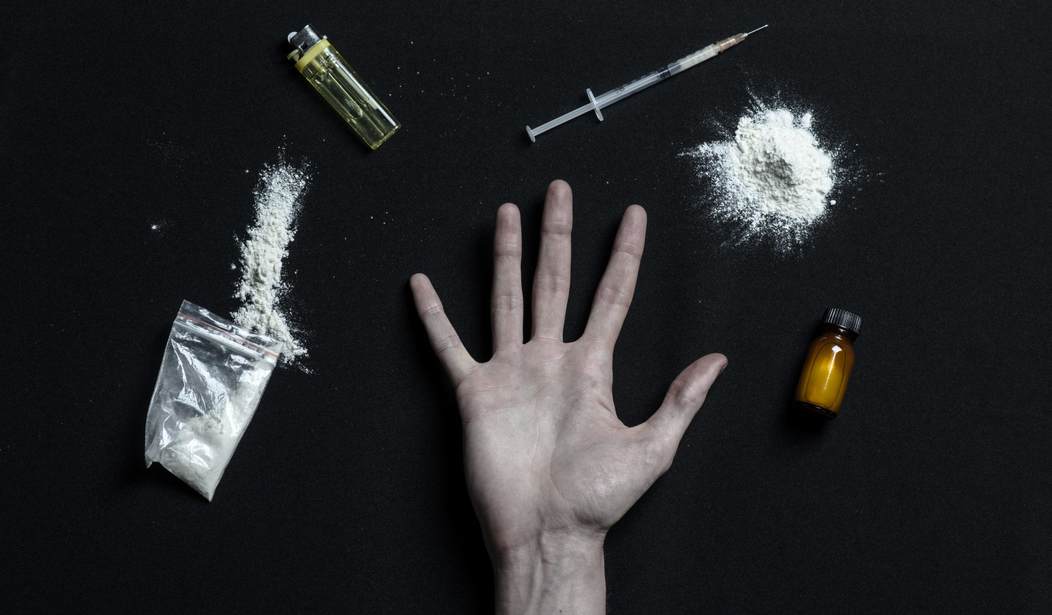Suppose burglars released from prison were divided into two groups: those who were given money monthly to encourage them to stop burgling and those who were given only a monthly basket of groceries. Suppose also that the results showed that those given money took slightly more than twice as long to commit another burglary as those given groceries: 10.5 weeks instead of 5 weeks. Would one conclude from this this that money was an effective treatment for the terrible disease of burglary, or would one perhaps conclude that burglary was not really a disease?
It has long been pretended by the National Institute for Drug Abuse that addiction is a chronic relapsing disease in exactly the same way as, say, rheumatoid arthritis, is a chronic relapsing disease; the pretense started as a tactic to winkle money out of Congress but, as persistent liars often come to believe their own lies, so the NIDA has come to believe its own propaganda.
A trial conducted under its auspices was reported recently in the New England Journal of Medicine. Drug addicted criminals who claimed that they wanted to remain drug free were assigned either to monthly injections of a long-acting antagonist to opiate drugs that reduced the point of taking them every four weeks for a total of 24 months, or to usual ‘treatment.’ They were then compared as to the speed and consequences of their ‘relapse.’
There were several peculiarities of the 308 criminals who entered the trial, not least of them that their average age was 44. This was past the age at which most criminals give up criminality spontaneously. There was no statistically significant difference, however, in the rate at which the two groups, treatment and control, were re-incarcerated during the trial: 22.9 and 29 percent respectively.
The average length of time to ‘relapse’ was, by contrast, significantly different, at least from the purely statistical point of view: 10.5 weeks compared with 5. Whether this is significant in any other sense – for example, that of the protection of the public – I leave to the reader to decide.
Of those selected at random for treatment, 95 percent accepted the first injection of the opiate antagonist, 86 percent the second, 78 the third, 73 the fourth, 65 the fifth and 61 the sixth. The treatment part of the trial did not extend beyond the 24th week, but it is highly probable that, if it had, a smaller and smaller proportion of the eligible would have continued it – simply because they wouldn’t have wanted to continue it. This automatically reduces the value of the experimental ‘treatment,’ so-called.
Of those given the active ‘treatment,’ 71.1 percent managed at least one period of two weeks without taking illicit opiates, whereas only 49.5 percent of controls did so. But two weeks free of illicit opiates is hardly a high bar, a triumph of the will. Moreover, a year after the ‘treatment’ was stopped, all difference between the experimental and control group had evaporated.
But there is yet worse. As far as I can tell, the control group received no sham injection, so that the members of both the experimental and control groups knew exactly to which group they had been assigned, as did the experimenters assessing the results. In a ‘condition’ (if that is what heroin addiction is) in which psychology plays so large a part, this is no very slight criticism or caveat. It vitiates the whole experiment.
This scientific failing would render the results moot, except from one possible point of view, that of the National Institute of Drug Abuse, which must justify its budget somehow or other. The fact is that in the modern world activity is often mistaken for progress.









Join the conversation as a VIP Member